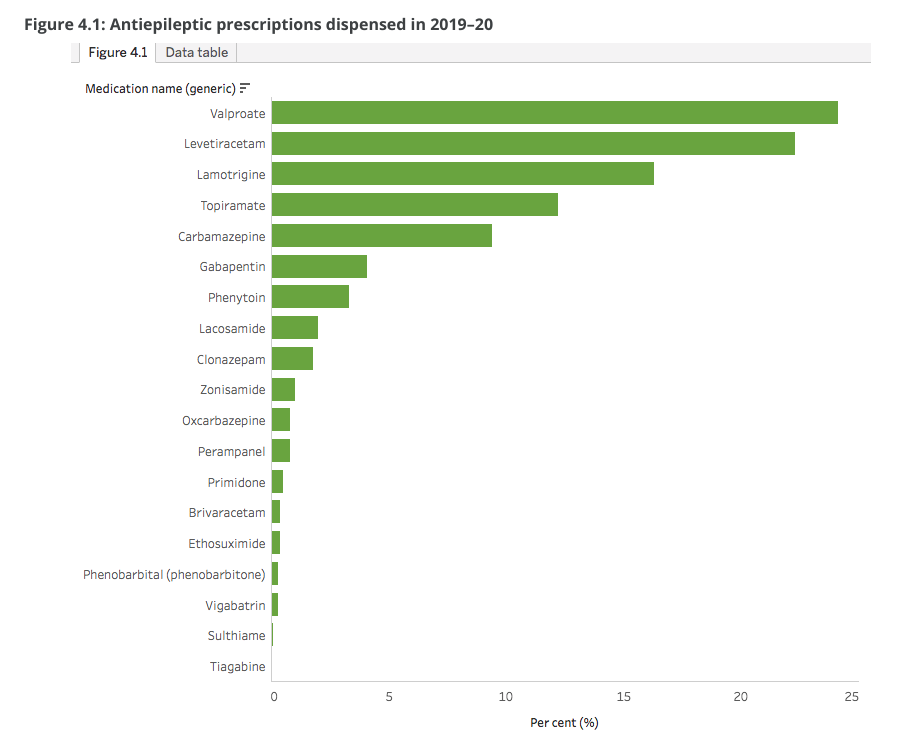Epilepsy affects around 151,000 Australians and thousands are hospitalised by their condition each year, according to the first comprehensive report, Epilepsy in Australia, from the Australian Institute of Health and Welfare (AIHW).
According to the most recently analysed data, there were more than 31,000 hospital admissions associated with epilepsy in 2018–19, two-thirds of which recorded epilepsy as the primary reason for admission.
Additionally, there were over 20,700 epilepsy-related emergency department presentations in 2018–19, with over half of these presentations requiring admission to hospital.
‘The majority of epilepsy-related emergency department presentations were triaged as urgent (seen within 30 minutes). A small proportion of presentations required resuscitation,’ the report authors noted.
Epilepsy contributed to about 1,100 deaths in 2019 (0.7% of all deaths) and was the underlying cause of death in around 235 deaths (22% of all epilepsy deaths), the report showed
 AIHW spokesperson Dr. Fleur de Crespigny noted that around seven in 10 people became seizure free with antiepileptic medications, three in 10 did not find an effective or suitable pharmaceutical treatment and might require surgical interventions.
AIHW spokesperson Dr. Fleur de Crespigny noted that around seven in 10 people became seizure free with antiepileptic medications, three in 10 did not find an effective or suitable pharmaceutical treatment and might require surgical interventions.